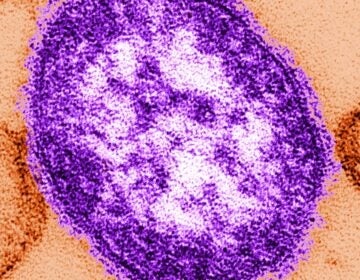Temple University student leads research project to impact cultural education in medical field
They are determined to present the distinction between Black hairstyles and medical issues in scans to create a more inclusive medical knowledge in the future.
This story originally appeared on 6abc.
Angela Udongwo is a student at Temple University who helped make major strides in the health community.
Udongwo was studying under radiologist Dr. Hillel Maresky when everything was put into motion.
What started as an inquisitive conversation turned into a research project for the black community when it comes to X-ray scans.
“I was seeing that the hairstyles pop up on imaging creating these really wacky artifacts. Radiologists would sometimes misinterpret them as disease, so I wanted to better educate myself on the topic and I had the perfect teacher for that,” said Dr. Maresky.
Maresky asked Udongwo to describe some frequent hairstyles that might be found from patients of various backgrounds.
Through discussion, they found a lack of research for identifying common black hairstyles, which could lead radiologists to be unaware of what they are seeing in scans.
From there, Udongwo and Maresky embarked on a mission to discover and provide information to properly identify black hairstyles in scans.
“This project focuses on a gap in medical literature where black and brown communities, the hairstyles that they wear present in certain ways in imaging, and it causes certain ramifications,” said Udongwo.
They’re not happy with having patients disregard their current hairstyle for the purpose of an examination, they’re looking for a solution.
“Hair is so important, it’s a part of us. How we wear our hair signifies where we’re from, what part of our life we’re in,” said Udongwo.
“So imagine you’re being told…that you can’t even get past a certain level of your medical journey because of something that is inherently a part of you,” she continued.
They are determined to present the distinction between black hairstyles and medical issues in scans to create a more inclusive medical knowledge in the future.
“Pattern recognition is the key to all of radiology …You’ve studied images for years in textbooks…But you don’t know what…locs, braids look like until you’ve studied it and been educated on it,” said Dr. Gary Cohen, Chair of the Radiology Department at Temple University Hospital.
“This is really the beginning of a knowledge base that’s going to be dispersed, not just in Northern Philadelphia, but hopefully nationwide, worldwide,” he continued.
WHYY is your source for fact-based, in-depth journalism and information. As a nonprofit organization, we rely on financial support from readers like you. Please give today.




